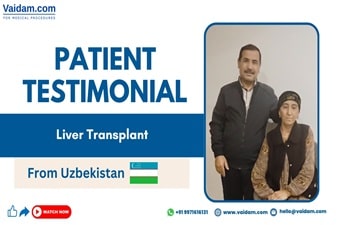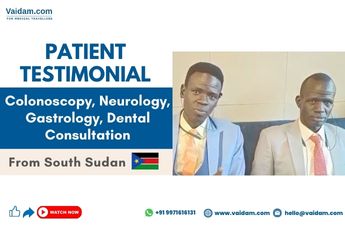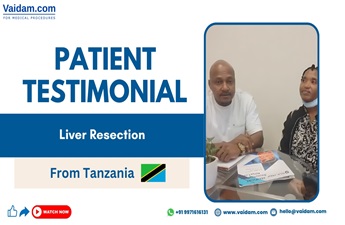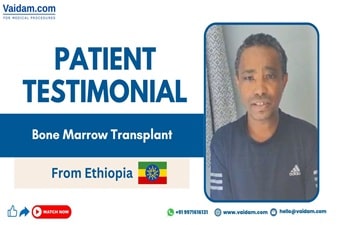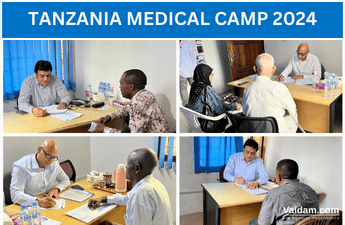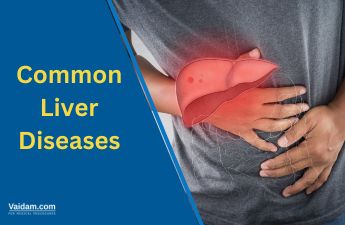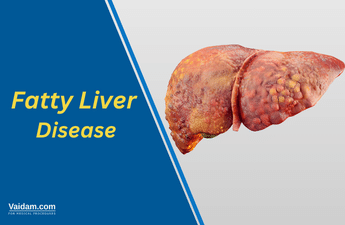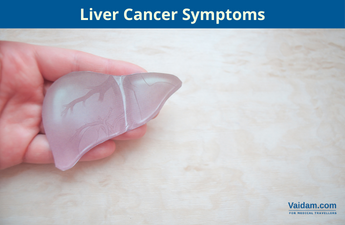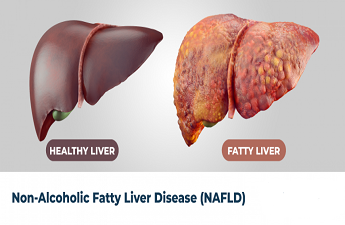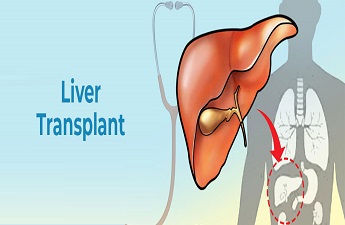Dr Gaurav Mehta is India’s most prominent and renowned Medical Gastroenterologist/ Hepatologist with 10 years of skilful experience. He is currently located at Kokilaben Dhirubhai Ambani Hospital, Mumbai, India. He has achieved training and worked as an Associate Professor in the United States.
He has also worked at some prestigious institutions such as Albert Einstein Medical Center, Drexel University School of medicine & Harvard Medical School. His medical interests are Management of end-stage liver disease/cirrhosis, Liver transplant, Fatty liver disease/NASH, Management of Gastrointestinal bleeding, Luminal therapeutic endoscopy. He has been honoured with several awards and recognitions.
He attended Frankford Hospitals at Jefferson University School of Medicine (USA) for the Transitional year of medicine. He completed his Graduation from the Hospital, Drexel University School of Medicine (USA) in the field of Internal medicine. Dr Gaurav Mehta attained completed the study from Albert Einstein Medical Center (USA) for Transplant Hepatology followed by Hahnemann Hospital, Drexel University School of Medicine (USA) – Gastroenterology & Hepatology and Beth Israel Deaconess Medical Center, Harvard Medical School (USA) in Advanced Therapeutic Endoscopy. He also did a -number of fellowships:
- Fellowship, Gastroenterology/Hepatology, Hahnemann Hospital, Drexel University School of Medicine, USA
- Fellowship, Transplant Hepatology, Albert Einstein Medical Centre, USA
- Fellowship, Advanced Therapeutic Endoscopy, Beth Israel Deaconess Medical Centre, Harvard Medical School, USA
He received the Chairman’s Award for most outstanding 1st-year resident at Graduate Hospital in the year 2004. He attained awards in 2006 named Program Director's Award for the Most outstanding senior resident at Graduate Hospital. He was also nominated for the American Liver Foundation/American Association for the study of Liver disease in the year 2006 named Resident Scholar Award
He is specialized in providing treatments like End-stage liver disease/cirrhosis, Fatty liver disease/NASH, Management of Gastrointestinal bleeding, Luminal therapeutic endoscopy and many more.
In this article, we will explore a disease called End-stage Liver Disease (ESLD)
End-stage Liver Disease (ESLD)
Chronic liver failure, often known as end-stage liver disease, develops over a period of months, years, or decades. Cirrhosis, a disease in which scar tissue replaces good liver tissue until the liver can no longer function properly, is the most common cause of chronic liver failure. End-stage liver disease is defined as patients suffering from acute liver function who develops ascites, variceal haemorrhage, hepatic encephalopathy, or renal impairment (ESLD).
While liver transplantation is a feasible therapeutic option for ESLD, with growing organ transplant wait times, almost 17% of patients on the transplant waitlist die each year; others are not candidates for a liver transplant. Patients with ESLD have a slew of symptoms and disease-related consequences that impair survival and health-related quality of life.
What causes cirrhosis?
When a chemical or disease assaults and harms the liver, liver cells die and scar tissue forms. This scarring process is known as fibrosis (pronounced "fi-bro-sis"), and it occurs gradually over time. When the entire liver is scarred, it shrinks and hardens. Cirrhosis is the medical term for this condition, and the damage is typically irreversible.
Cirrhosis is caused by a variety of factors. Heavy alcohol use and chronic hepatitis C have been the most frequent causes of cirrhosis in the United States. Obesity is increasingly being identified as a primary cause of cirrhosis, either alone or in conjunction with alcohol, hepatitis C, or both. Cirrhotic patients frequently have more than one cause of liver disease.
Cirrhosis is not caused by liver trauma or any other acute or short-term source of harm. Cirrhosis is typically caused by years of persistent damage.

Cirrhosis Symptoms
At first, a person may exhibit no symptoms at all. This is known as compensated cirrhosis. In fact, a person with cirrhosis may go years without realising that his or her liver is damaged. This is due to the fact that the pressure in the portal vein is not yet too high, and there are still enough viable liver cells to meet the body's requirements.
The following are the most frequent signs of cirrhosis as it progresses:
-
weakness
-
fatigue
-
loss of appetite
-
nausea
-
vomiting
-
weight loss
-
abdominal pain and bloating when fluid accumulates in the abdomen
-
itching
-
spiderlike blood vessels on the skin
Treatment
Cirrhosis treatment is determined by the origin of the illness and the presence of complications. The therapy aims are to decrease the growth of scar tissue in the liver and to prevent or treat disease consequences.
- Eating a well-balanced diet
- Keeping alcohol and other drugs to a minimum
- Cirrhosis treatment also targets specific problems.
- Portal Hypertension
- Hepatic encephalopathy is a kind of encephalopathy that affects the liver
- Transplantation of the Liver





